The Best Way to Save More Money on Cloth Diapers!

The Basics of Cloth Diapering on a Budget
Have you ever considered cloth diapering but felt like the initial output was too much? Or maybe you’re looking at diapers in general and wondering if cloth diapering would save enough money to make it worth it? Is it possible to do cheap cloth diapering? If you’re wondering how to do cloth diapering on a budget, this post is for you!
I’ve teamed up again with postpartum expert and cloth diaper educator Alex Sparrow from The Well Carried Child to talk about the cheapest way to cloth diaper!
I used cloth diapers for my first baby, and we saved a ton of money those first few years. However, we did find that buying the cloth diapers in the first place could get expensive! Thankfully, I met an educator who showed us how to do cloth diapering on a budget, and that helped! And Alex is going to do the same for you all with her wise advice on cheap cloth diapering.
This post may contain affiliate links, which means if you make a purchase through my links, I may receive a small commission at no extra cost to you.
Alex Sparrow is a Certified Babywearing Consultant, Certified Postpartum Doula, Cloth Diaper Educator with The Well Carried Child: A Postpartum Support Service. She and her family, including three young children, live in the Triangle area of NC. Cloth Diapering is a tool that she still uses every day with her children. She loves sharing all of her passions with others, including baking, reading, being outside, and supporting postpartum families. She has also given us great advice for Babywearing on a Budget!
Affordable Cloth Diapers: Not Your Grandmother’s Cloth Diapers
Hi- I’m Alex from The Well Carried Child! When my husband and I were preparing for the birth of our first child, we registered for all of the ‘normal’ baby things: clothes, a baby carrier, bath toys, bottles, etc. We also registered for cloth diapers.
My grandmother was the only person to gift us cloth diapers. Not the ones on our registry, but the kind she used. These were classic: bird’s eye weave, single layer flats. The style she used with my mom and my aunts and uncles sixty years ago. The style my mom used with me and my brother thirty years ago. You know, the kind that close with a safety pin at each of baby’s hips? The kind most caregivers don’t use any more.
Fast forward to today, and we have cloth diapered three children all the way through potty learning. While we have used flats (which are the cheapest style, btw) and covers at times, we have also used also other, more modern styles. And along the way, I’ve learned a lot about how to do cloth diapering on a budget- so let’s take a look at some strategies for cheap cloth diapering- with cloth diapers that my grandmother never even dreamed about!
Need to start by learning about the different kinds of cloth diapers available? The Well-Carried Child has created a cheat sheet on the various types of cloth diapers that you can download here:
Where to start with cloth diapering on a budget?
If you ask “What is the BEST cloth diaper?” on Facebook or among your friends, you’re going to get a lot of different answers! Why? Because there are a LOT of different options, methods, and accessories out there for cloth diapering.
Your friends, family, and acquaintances will tell you what worked for them. What worked for them might not be the right thing for you! Take their experience for what it is: their experience. You can certainly learn some obvious do’s and don’ts this way, but you’ll need to do some research on your own to find your perfect fit for your family and your budget.
Questions to ask when considering cloth diapering
There are a lot of factors to consider when considering how to cloth diaper on a budget, and it can feel overwhelming to try and sift through all the information and find what works best for you.
On top of that, there is a learning curve to using cloth diapers, so getting some basic cloth diapering understanding will go a long way to making you comfortable and happy with your diapers and the process of cloth diapering- and it’ll help you save money if you know what you need to start with!
Some of the things to consider:
- the types of cloth diapers
- your budget
- how much time you plan to spend at each diaper change (yes, there’s a difference)
- dirty diaper storage
- how many diapers you need in your stash
- how your water will affect diaper washing
- what detergents you need to use
- daycare/childcare considerations
Usually, a caregiver’s goal is balancing budget, time, and effort to find the cloth diaper to fit their lifestyle. For example, All-in-One diapers have a quick turn around time at each diaper change, but they also have the highest price point per diaper.
This is where doing some research or learning from a cloth diaper educator will help you find the diaper that is best for you and your family (saving you time, money, and stress!).
Cloth Diaper Education
One of the easiest ways to figure out what style of cloth diapering is for you is to work with a cloth diaper educator. A cloth diaper educator can provide unbiased, specific information and resources to answer your situation specific questions. Talking with an educator is also a chance to touch some of the cloth diapers, which may help answer some of the questions you may have!
To find an educator, check your local brick and mortar small business that cater to the pregnancy and postpartum period. Some hospitals and birth centers also offer introductory classes on newborn care that might talk about the basics of cloth diapering. Some will have group classes, or you can work with someone one-on-one. And of course, we’d love to talk with you at The Well Carried Child (I have virtual classes and consultations as well!)!
How to Save Money: Cloth Diapering on a Budget
Once you know what kind of diaper you want and what accessories you may need (more on that below), it’s time to find these things on a deal! If you’ve read my article on Babywearing on a Budget some of things I am going to mention will sound familiar!
Try Before you Buy
My favorite trick is to pick two or three types of cloth diapers to try, and try each type of diaper you think you like for one day. This allows you to figure out the pros and cons of each type and see how they work with your lifestyle. Knowing the way multiple types of diapers work also allows you to diversify your stash as your child’s needs change over time!
How do you try before buying? Some companies offer a diaper rental program, usually for a three month time period. This kind of rental is ideal for the newborn period, and this is especially great if you plan on using sized diapers (versus one size diapers).
If all of this talk about the different types of diapers sounds foreign, sign up below to get our free cheat sheet on the different types of cloth diapers!
Buy Preloved
Where do you buy preloved cloth diapers?
Check your local BST (buy/sell/trade) groups- and you can even check for a cloth diaper specific group. There are also diaper brand specific BST groups (though you will need to pay for shipping if it’s not local). Your local brick and mortar baby store might have a preloved section to browse as well. Seasonal consignment sales and resale stores carry cloth diapers for less than original retail, too! Craigslist, Facebook Marketplace, and sites like Kidizen are also places to shop for a discount.
Save more by buying mixed lots
The best bang for your buck is often to buy mixed lots of cloth diapers. Not all of the diapers in the lot will be exactly what you want, but overall, each diaper will probably be less than buying them individually, even preloved. This is also a great way to do the “try out a few kinds” thing for cheap!
Bonus: preloved are ready to use!
Buying preloved removes the time required by the preparation steps for cloth diapering. When you buy diapers new, it is recommended you wash them 4 to 6 times. As the fibers gets twisted and heated and cooled during each wash cycle, their absorbency increases. For diapers, maximum absorption is a good thing!
What to look for in Preloved Diapers
If you’re looking for preloved diapers, here are a few of the things to check:
-If you are looking at a cover or a pocket, check the waterproofing. This is the shiny layer on the inside, either made of PUL (polyurethane laminate) or TPU (thermoplastic polyurethane). It is susceptible to chemical exposure, like chlorine from pool water, and high heat, usually from the dryer. Check for bubbles or cracks. If the PUL/TPU is compromised, the cover will not be waterproof.
-Snaps or Velcro? Either way, check to see if all of the diaper closures are still working. Velcro can lose its stickiness if not protected during the wash cycle. Snaps can pop out of the fabric if pulled too hard. Both can be handily replaced with minimal cost, though!
–If you are using AI2s (All-in-twos), pockets or covers, you will need something to absorb liquid. Check to make sure the snaps on the inserts are compatible with your covers. Most brands use specific snaps, so they will not be compatible with another manufacturer’s cover.
–Smell them! Synthetic fibers, microfiber in particular, tend to attract bacteria that hold smells. You can strip smelly diapers, so it’s not the end of the world, but it will help to know what you’re starting with. Organic fibers are less likely to carry smells. Additionally, a scented detergent might have been used. If a synthetic based detergent has been used, this will affect absorption. Some detergents use essential oils instead, but unwanted odors can still linger.
–Feel them! Do they feel slippery? Some detergents with synthetic adjuncts like scents or fabric softeners deposit a layer of chemicals on the fabric that can reduce or prevent absorption. If the diapers have been washed in hard or soft water, this can also happen from the natural minerals found in the water. Thankfully, you can strip this layer off with a little extra time and the right product or water filter added to your wash cycle.
Bonus: Upgrade Your Diapers on a Budget
Most cloth diapers include some type of insert for the absorption of fluids. The most economical way to upgrade your diapers is to use fibers with increased absorption!
For example, most pocket-style cloth diapers come with a single microfiber insert. Not only does microfiber not absorb very well, but as a synthetic fiber, it also tends to hold smells (ew!). Other natural fibers like Organic Cotton, Hemp or Charcoal Bamboo offer increased absorption and easy care. My personal preference to stuff pockets is a stay dry-organic fiber insert duo for keeping baby’s bum dry with maximum absorption.
Cloth Diapering on a Budget: Keep your accessories simple!
Cloth diapering on budget still require accessories (who knew that one day you might be shopping for a poop spatula?!), but don’t get hung up on having every single one! Start with the basics, and add as needed.
Basic accessories for cloth diapers include three things:
1. a place to store clean diapers (in your house and on the go)
2. a place to store dirty diapers between washes
3. free and clear detergent. There are many specific accessories on the market. You will not need all of them.
That’s really all you need. There are lots of other things you can get to make things easier, but these are the only things you HAVE to have!
(Want a full list? Put your email below and we’ll send you our cheat sheet!)
Account for Your Sanity when Cloth Diapering on a Budget
At the end of the day, cloth diapering is just one way you can save money. It can save you a crazy amount of money ( approximately $1500 with each child!), but having options is also important for your sanity.
I hear so many caregivers say, “Well we wanted to try cloth diapering, but…..”
Sometimes these caregivers may have benefited from education to be successful cloth diaperers. Other times, the mental load is just too much- and that’s okay! It’s okay to take a break for a day. It’s okay to cloth diaper part time. It’s okay to use flushable inserts with a reusable cover for traveling. There are many, many ways to make cloth diapering not only affordable, but do able.
My family cloth diapers during the day, but uses ‘sposies (disposables) at night. I like my sleep too much to change a diaper, or my wet sheets, in the dead of the night. There are great overnight cloth diaper options, but using disposables at night is what keeps me sane as a caregiver of three children.
So while you consider your options for cloth diapering on a budget, be sure to take your sanity (and time and energy) into account!
What if I don’t like my Cloth Diapers/what about when I’m done?
Remember those mixed lots you bought to save money? Once you’ve figure out what you don’t like, sell them! If you bought them preloved, you already know where to sell them- there are many options for reselling (or trading!) cloth diapers.
And whenever you are done, you can resell them! Cloth diapers hold their value for a long time, so chances are you can get some of your money back, even after saving yourself that $1500 per child by cloth diapering.
And don’t forget- there’s also the option to pay them forward! There are many organizations and diaper banks that work with low income families to provide free cloth diapers.
Cloth Diapering on a Budget- Final Thoughts
Cloth diapering on a budget is a great way to save money on baby supplies- I hope these tips and tricks helped you find some ideas to get started while saving even more money!
Are you excited to try cloth diapering, but not sure what kind of diaper to choose? Sign up for the Cloth Diaper cheat sheet below, and check out The Well Carried Child for more help! Here’s where to find out more:
Website: http://thewellcarriedchild.com
Facebook: www.facebook.com/thewellcarriedchild
Instagram: @thewellcarriedchild
Email: thewellcarriedchild@gmail.com
If you enjoyed this article, we think you’d also like:
- Babywearing on a Budget
- 10 Things Every Mom Needs After Having a Baby
- How to have a Fun and Frugal Christmas
- 30 Day Money Savings Challenge
Happy Cloth Diapering on a Budget!






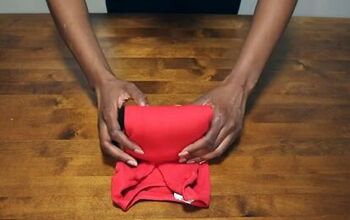
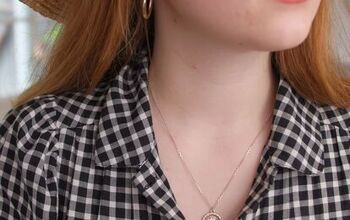

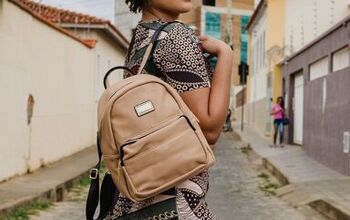


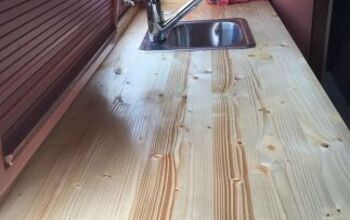

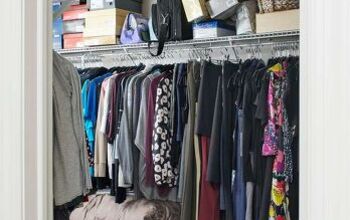
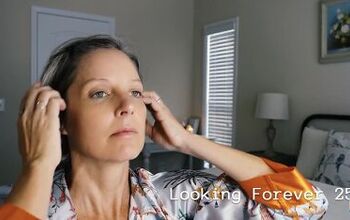
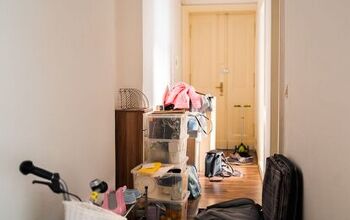
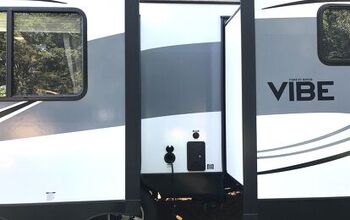


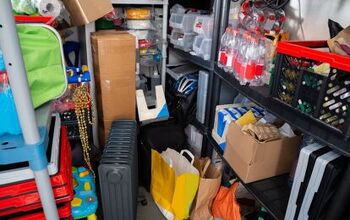
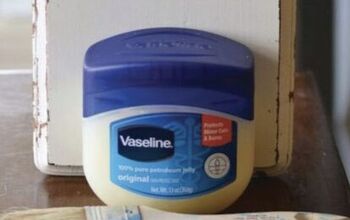
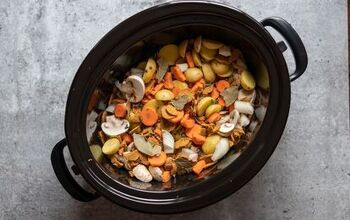
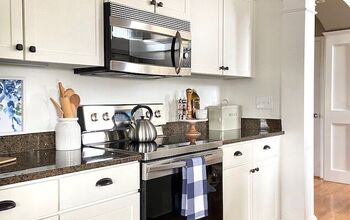
Comments
Join the conversation